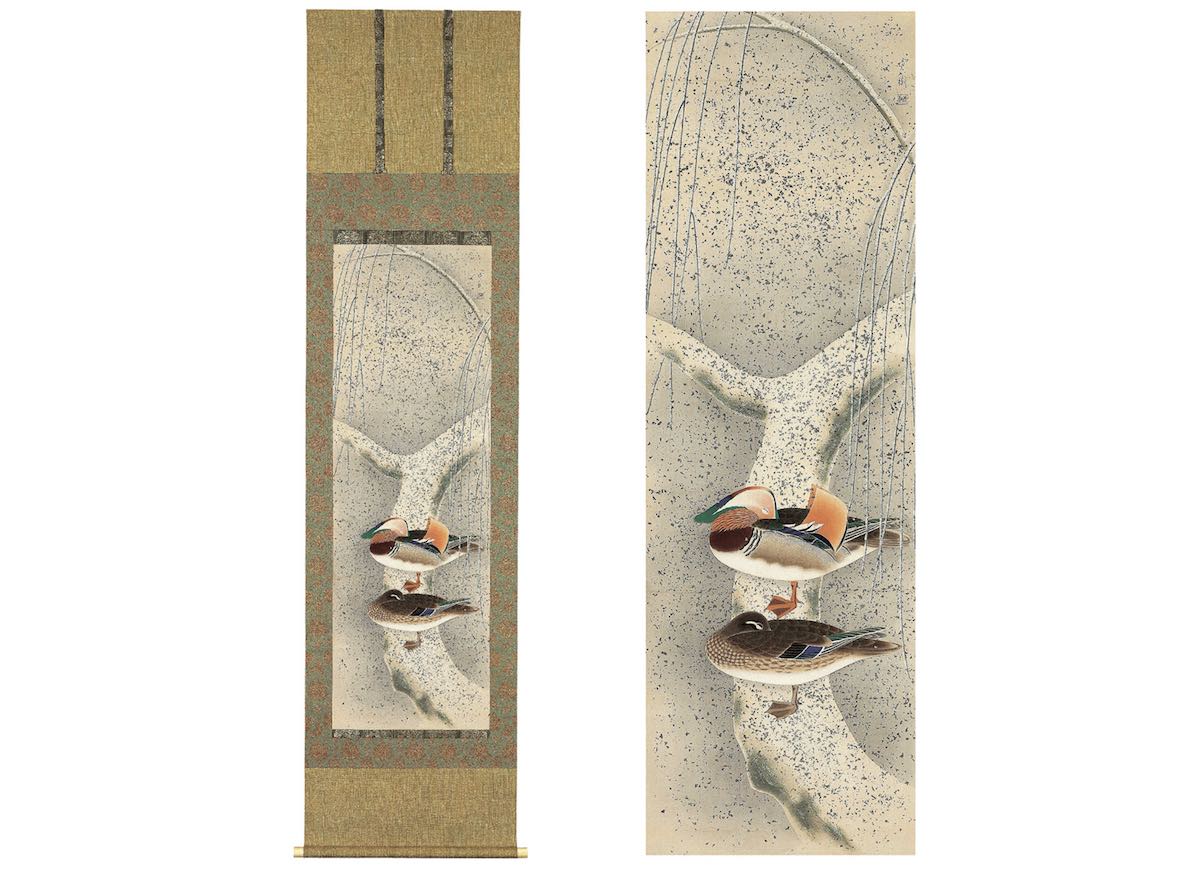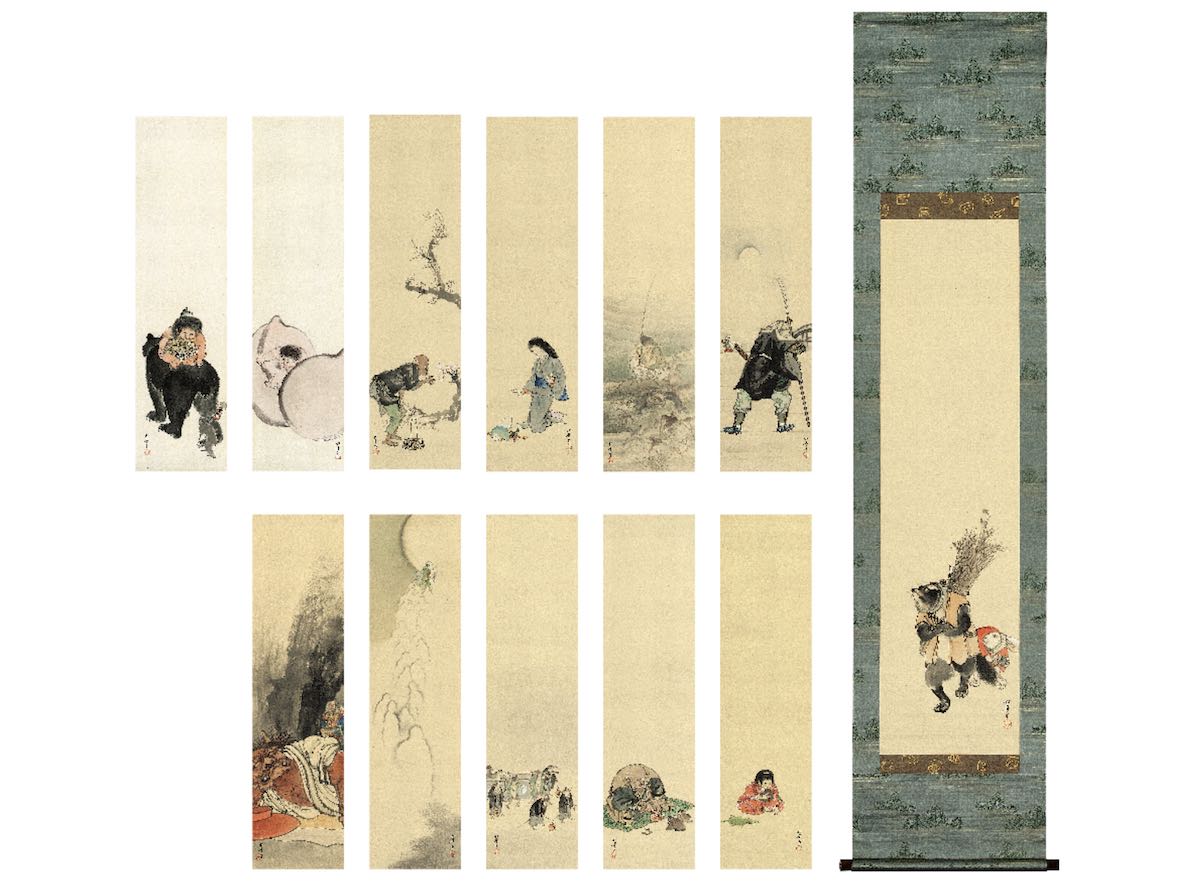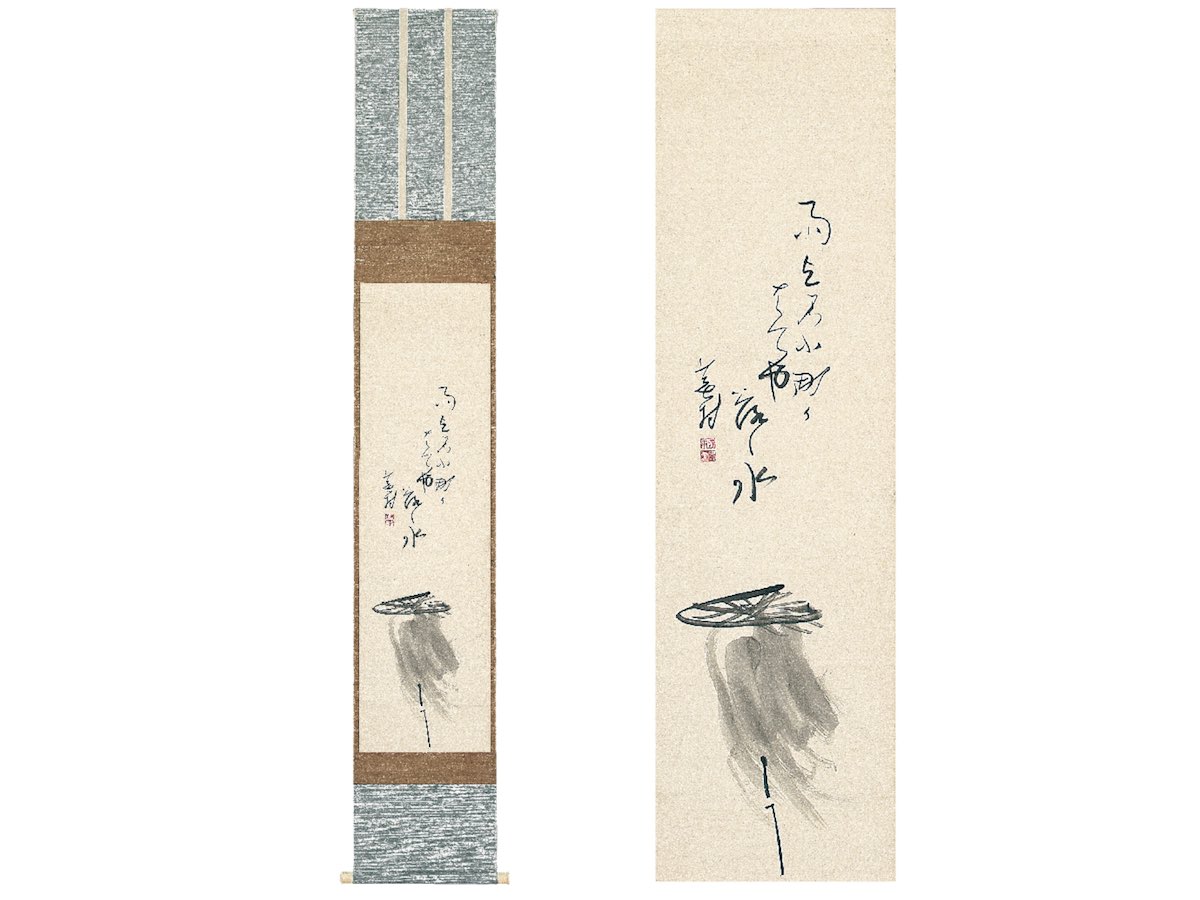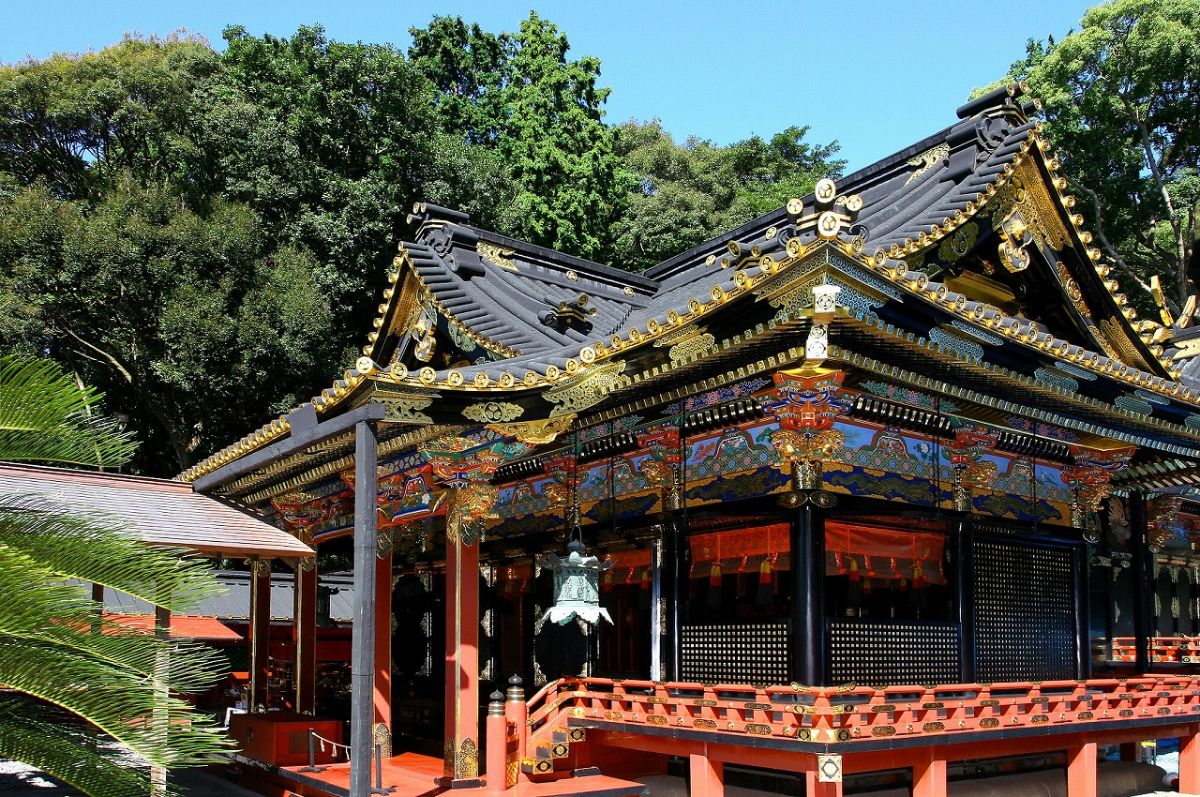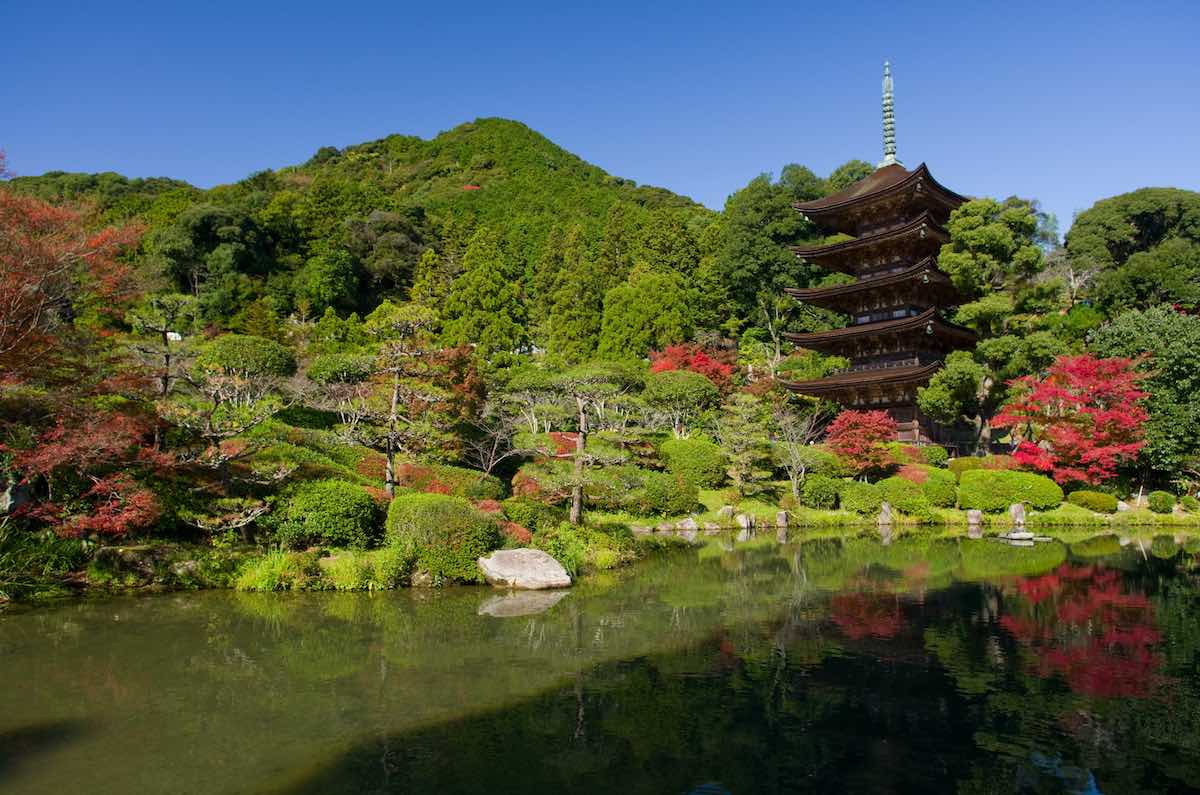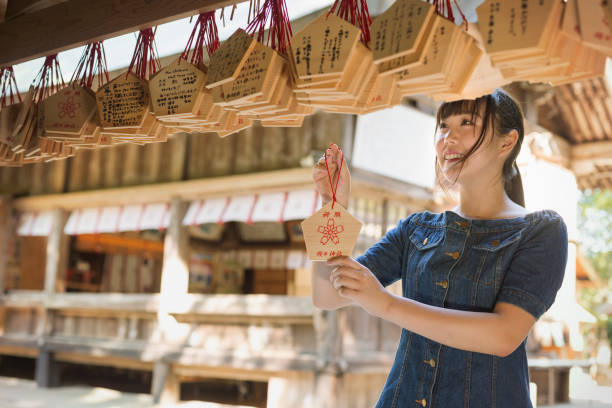The Real Strength Of The Samurai Comes From Their Armor

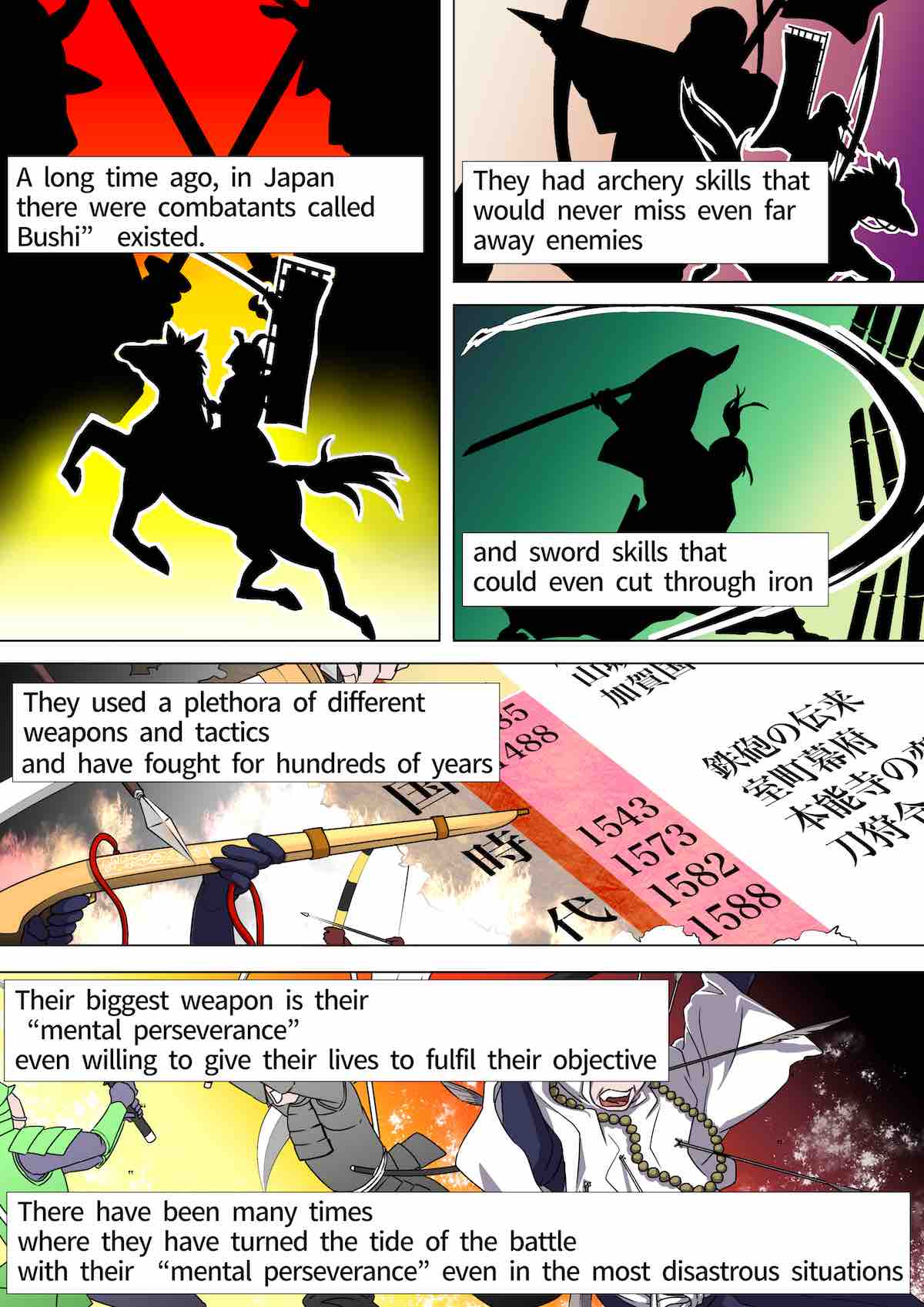
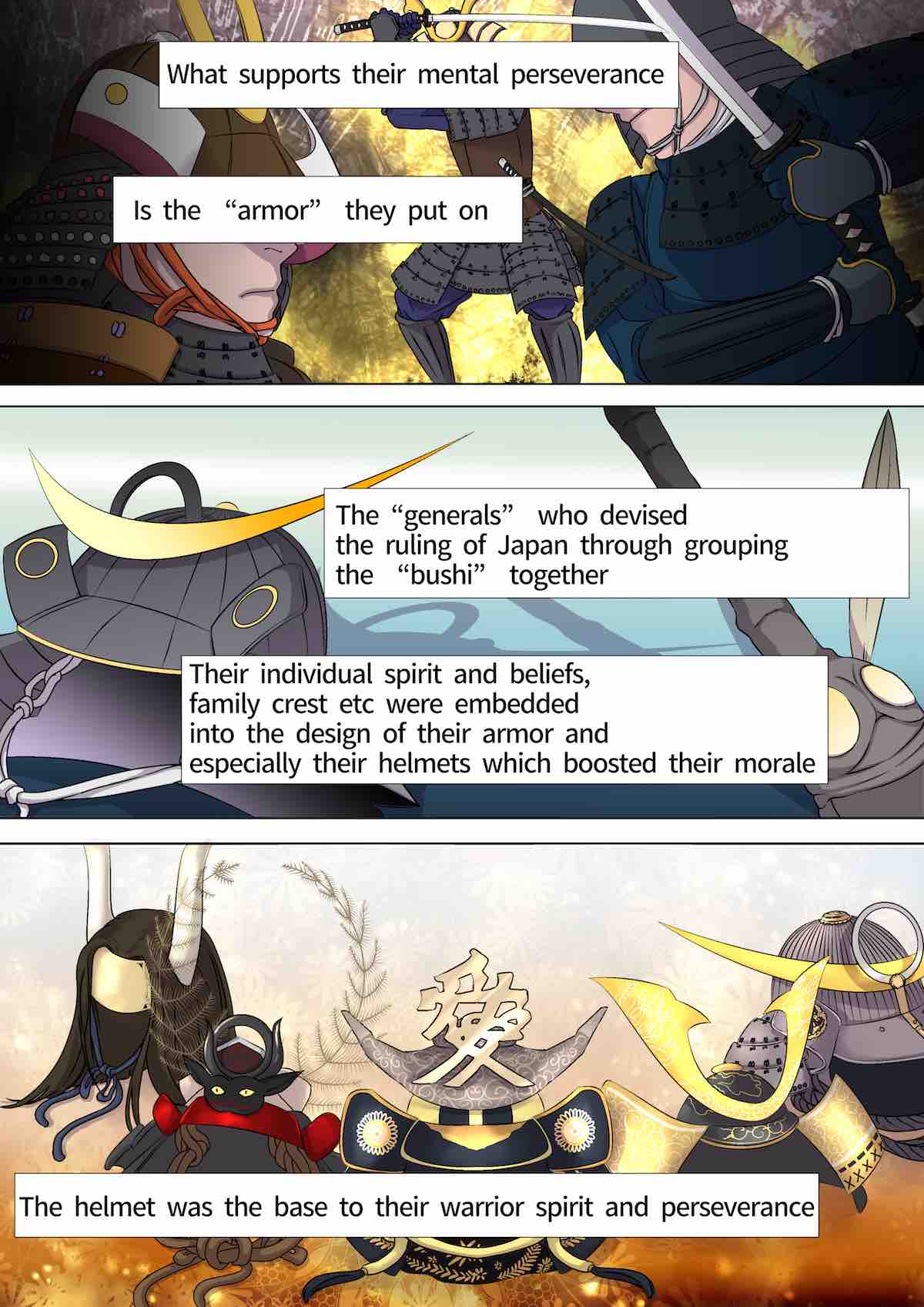
Bushi = Samurai? Did You Know That The "Samurai" And "Bushi" Are Slightly Different?
If you hear the term ‘bushi’, you probably think of the word ‘samurai’. In fact, there is no scripture or doctrine regarding bushi, and it has no clear definition. Simply put, it refers to people who, from the middle of the Heian period (10th century) to the end of the Edo period (19th century), ruled a region with military force and served governmental authority.
When the word bushi appeared at the beginning of the 10th century, bushi were classified as follows.
- Mononofu, a person who uses force to serve the Imperial Court (Musha/warrior)
- Tsuwamono, a person who participates in battle (Hei/soldier)
- Saburai (Samurai), a person who serves government officials and aristocrats and is in charge of home economics and security
Later, from the late Heian period to the early Kamakura period, bushi gradually became a merging of the three.
Although there is no clear definition of bushi, the “ideal way of the bushi” in the form of Bushido has changed over time.
During the Kamakura period (1185-1333), “the way of the bushi is the strong man who is victorious in war”, while after the Edo period, “in a world where peace and not war reigned”, Bushido was more about the pursuit of how bushi should act as the ruling class.
In other words, when the Tokugawa clan reigned from 1603, a peaceful society was achieved that continued for more than 200 years, and they gradually evolved from an attitude of complete devotion to courage and active participation in battle to the cultivation of a virtuous character. The spirit of Bushido was not limited to the samurai class, and as it became widespread in the world of the common people, it took on the character of the national morality of the Japanese people.
In this series on bushi and busho (samurai warriors and warlords), we will introduce mainly bushi who were militarily powerful up to the first half of the Edo period.
Armor And Its Various Roles In Battle
_1.jpg?locale=en)
In the world of Sengoku (Warring States), bushi wore armor when they went to war in order to protect the territory and population under their protection and fought for regional supremacy. This armor was not only to protect the body, but also to demonstrate to others their power and rank, while also playing the role of showing off their activity on the battlefield. They changed over time, and there seems to have been many unique and conspicuous designs, particularly during times of war.
In the early Sengoku period (1467-1573), new weapons such as spears and bows came into use. To deal with battles where these weapons were used, armor was devised that would be more robust and allow nimble movement.
When the war-torn era ended, and with the military modernization of the Meiji Restoration, armor gradually became impractical. Today, it is kept as antiques or produced as craft or historical material.
Meaning Incorporated In The Crest
The ‘crest’ attached to the helmet is basically used to indicate to which group the wearer belongs, and also as a symbol of their status and an object of prayer. There are more than 100 types, each incorporating its own special meaning.
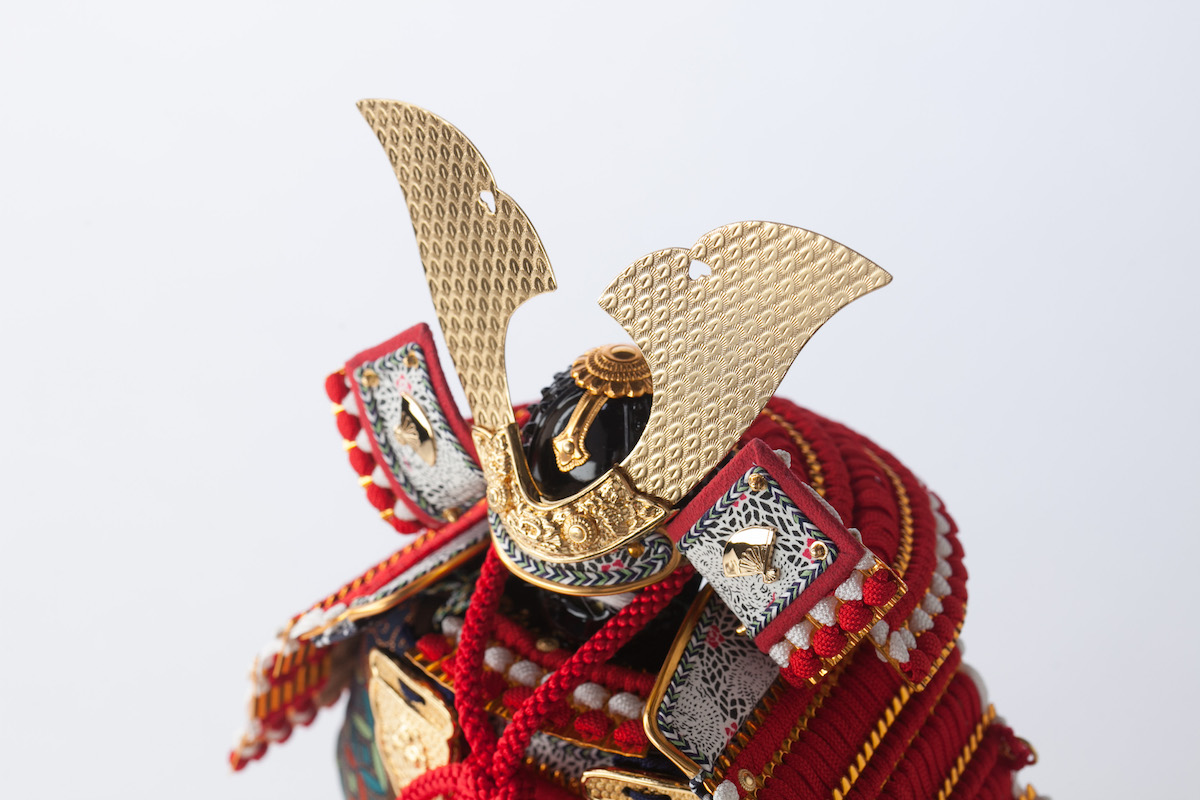
The ‘kuwagata’ (stag beetle) is one of the most popular crests. These days, the ‘hoshikabuto’ helmets used to decorate ‘Tango no Sekku’ (Boys’ Festival) celebrated as Children's Day on May 5th almost always have a kuwagata crest. The crest of Yoshinobu Minamoto was also said to be a kuwagata.
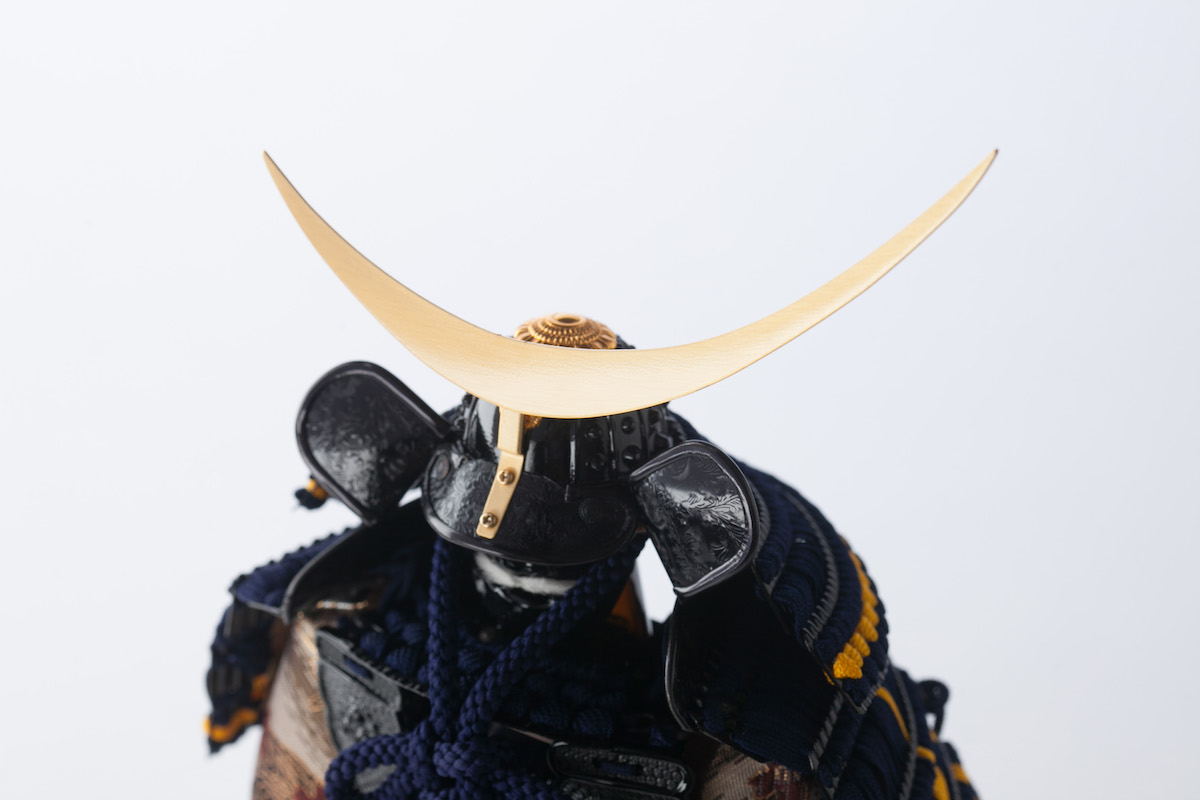
Another design was the large gold crescent-shaped crest of Masamune Date. It is said to have been created by his father, Terumune, in the hope that it would ensure his son's success and protection.
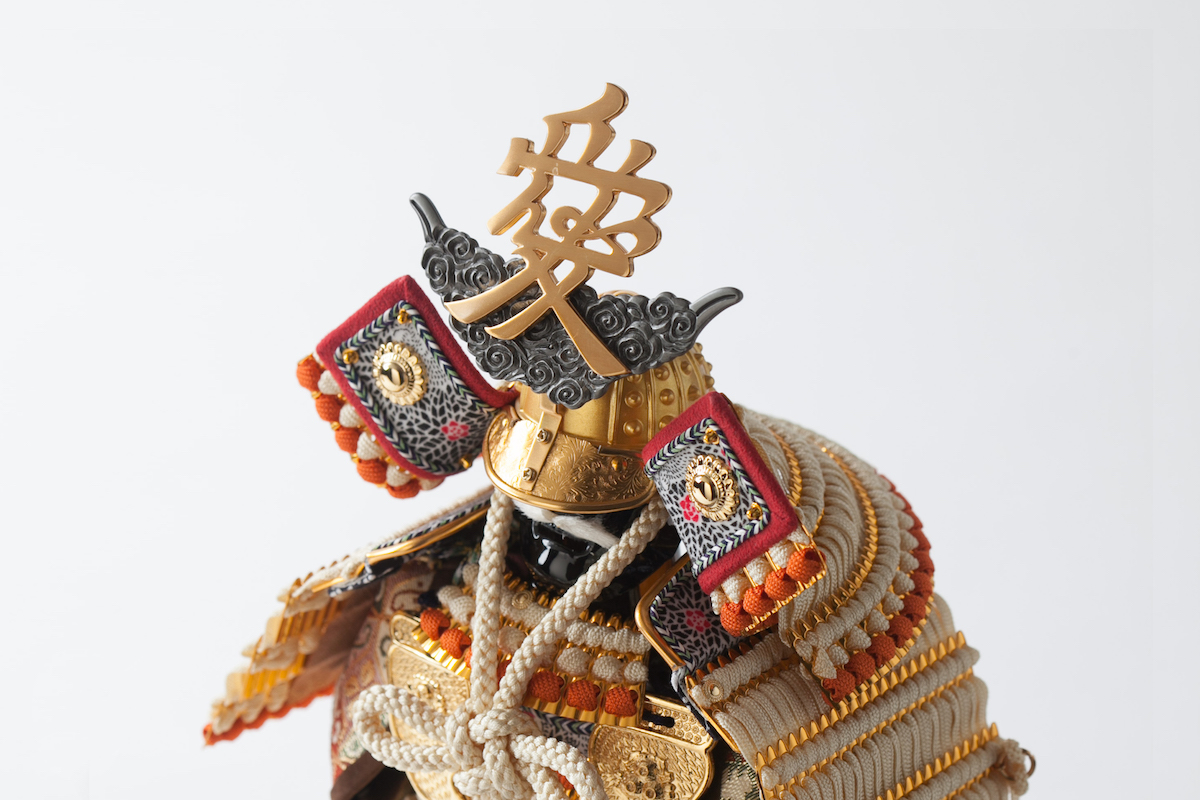
In addition, the crest of Naoe Kanetsugu features the Chinese character ‘ai’ (love). He is said to have chosen it as it was the initial character of ‘Aizen Myooh’ and ‘Atago Gongen’, both incarnations of the Buddha that he worshipped.
Wishing For Physical Safety On ‘Tango No Sekku’
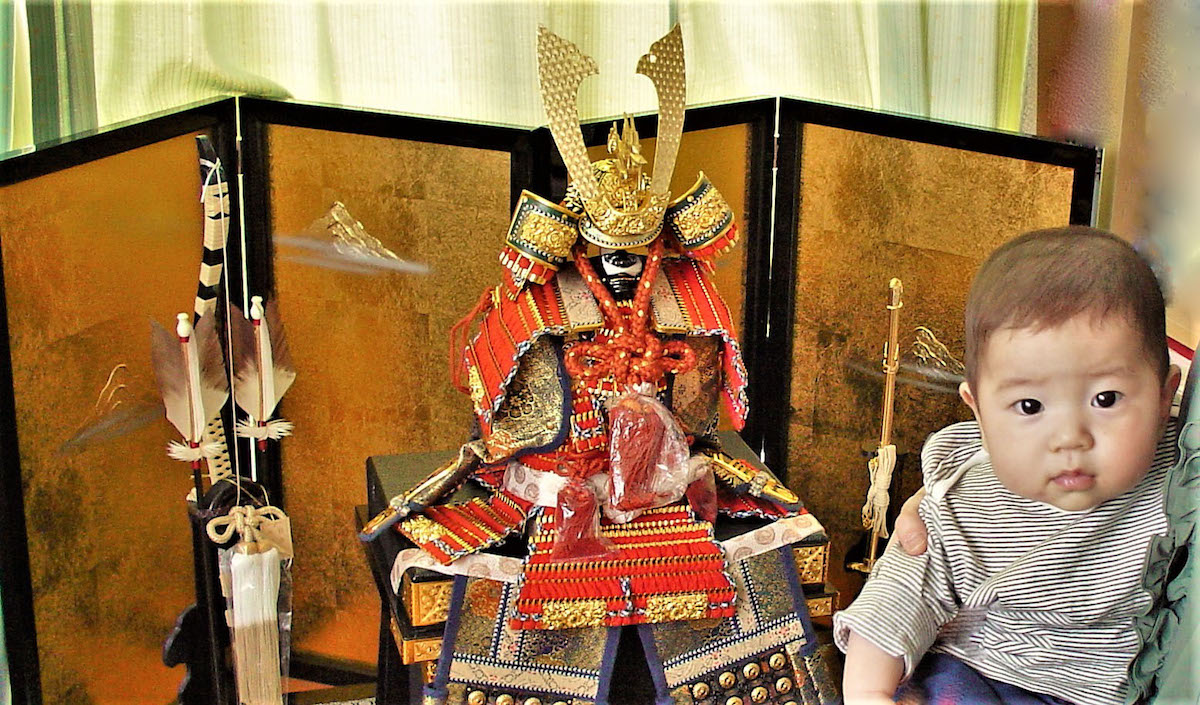
In Japan on May 5th, Tango no Sekku (Boys’ Festival) is celebrated. This festival is an event where families pray for the safe growth and prosperity of the boys born as successors to the family name.
Decorating with armor and helmets is a custom born from feudal society and comes from the practice of dedicating your armor and helmet when visiting a shrine to pray for safety. They were important tools for the bushi to protect himself and an important and symbolic treasure.
Today, the meaning of armor as “protection for the body” is emphasized, and it is decorated with wishes for protection of our precious children from things like traffic accidents and illness.
Bottle Armor Offers Authentic Japanese Tradition In A Contemporary Style
Each suit of armor is imbued with the spirit of a unique bushi and has been brought to life at the hands of Bottle Armor’s craftsmen. A small suit armor to cover sake and shochu bottles. Every time you see Bottle Armor, it will bring to mind your favorite episode.
Each and every part is made by hand, creating a very elaborate piece. These suits of armor are made by bringing together a variety of traditional Japanese crafts such as goldwork, woodwork, ‘kinran’ (gold cloth), and ‘kumihimo’ (braided cord).
“I make one treasure in my life, so I’m making each one with all my heart.”
We have continued the same work in the same way, and this spirit has been passed down, since we were established in 1947.
When celebrating a birth or praying for good health. When praying for a team victory or celebrating a championship. When celebrating a 60th birthday or retirement. When celebrating a marriage ...
It is also recommended as a gift that can convey thoughts that are beyond words alone.
Sponsored Links
Unmissable Tours
Expand your horizons by interacting with diversity. Take a look at guided tours on which you can connect personally with the guides and have truly extraordinary experiences.
Search
